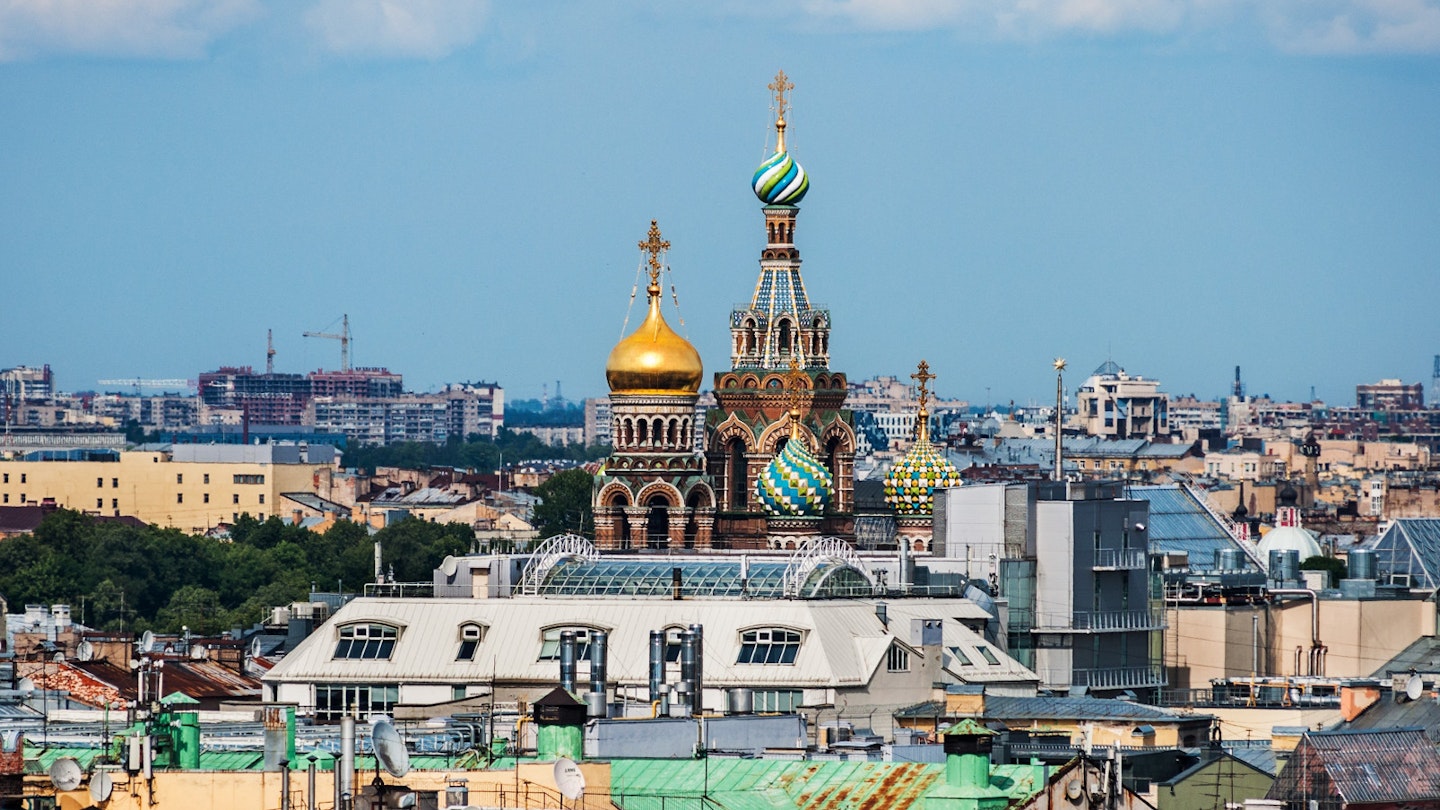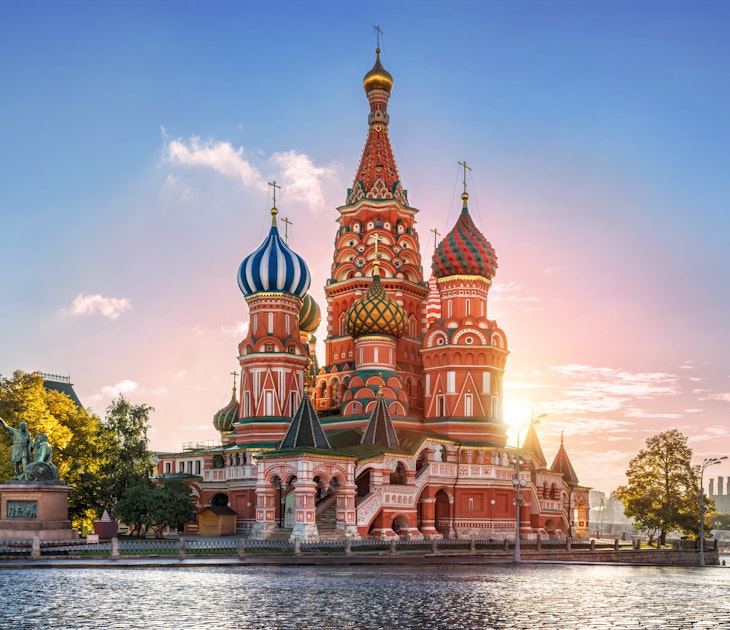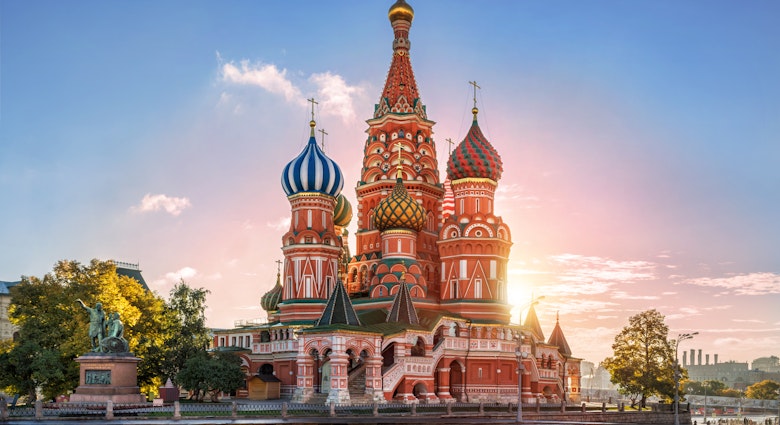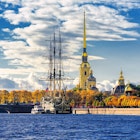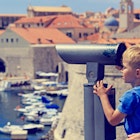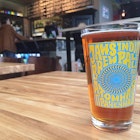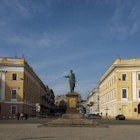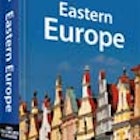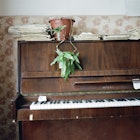No visitor to St Petersburg should miss its world-famous historic and cultural highlights, such as the Hermitage, Peter and Paul Fortress and Mariinsky Theatre. But Russia’s imperial capital is full of much less celebrated attractions worth searching out. From the city’s rooftops to its hidden bars, here is a selection of places that many locals won’t know about.
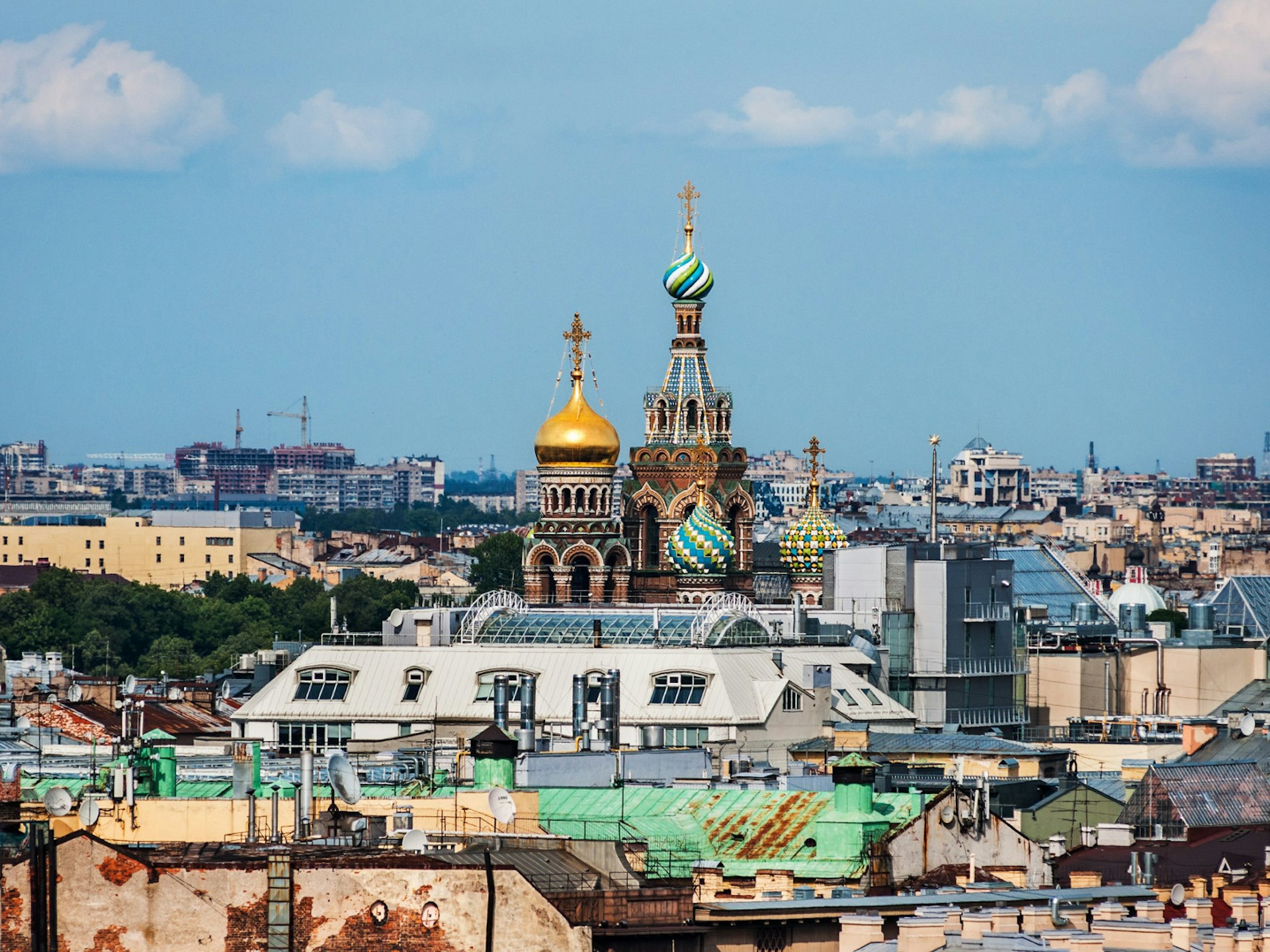
The roofs of St Petersburg
A phenomenon that's taken off in St Petersburg in recent years, ‘roofing’ is very popular among those looking for extreme thrills, but almost all tours are still illegal. There is only one official tour provider that offers government-approved rooftop tours – Panoramic Roofs. A specially equipped roof on Ligovsky Prospekt is open to anyone who wants to see the city from above in a safe environment (including protective gear and safety briefing) and learn about the origins of this danger-loving subculture. This is how it goes: you meet with the guide who has a special key to enter the building, then go upstairs and clamber out on the roof space through a wooden dormer. The roofer should explain where to walk and which of the tangle of head-high wires and chimney bricks are safe to hold. While the experience is definitely not for those afraid of heights, the views over St Petersburg are not easy to forget.
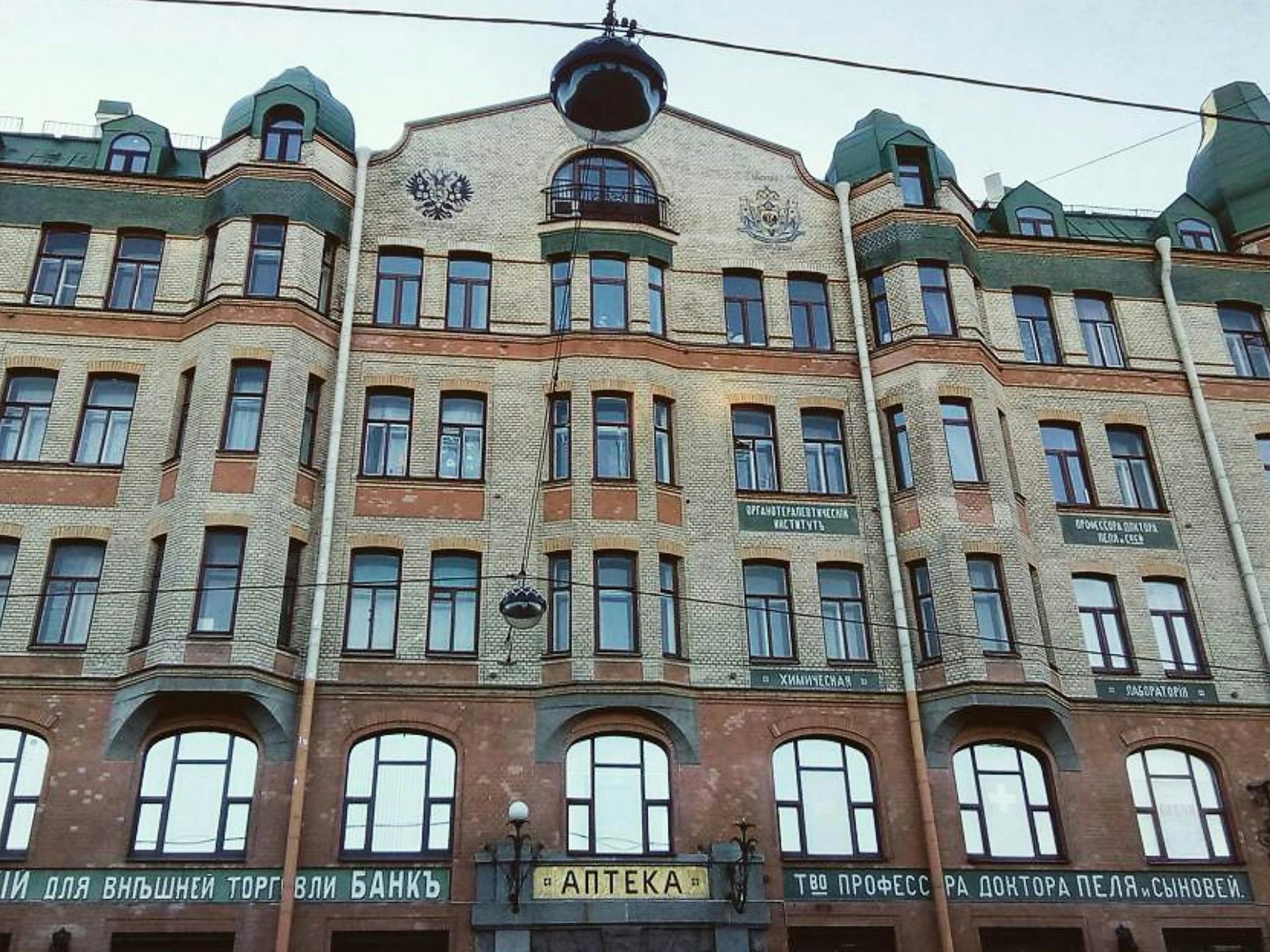
Pharmacy of Dr Poehl and Sons
Founded in 1760, the Pharmacy of Dr Poehl and Sons is the oldest still-operating pharmacy in St Petersburg, located in the heart of Vasilyevsky Island. In the 19th century it was the most famous pharmacy in Russia because it supplied the imperial court with medicines. This place is worth a visit not only because of the pharmacy itself but also to check out the red-brick Griffins’ tower in the yard of the building. The tower is 11m high, has no windows or doors and almost every brick of the tower is numbered. It’s these numbers that led to numerous urban legends. The most interesting story is connected with the pharmacy’s owner Wilhelm Poehl, who was both a royal pharmacist and an alchemist. According to the legend, in his free time he used the tower to incubate magic griffins. Because the griffins were invisible and could only be seen reflected in windows at midnight, the numbers on bricks put together a magic code and those who managed to decrypt the code would solve the universal mysteries. Go and give it a try!
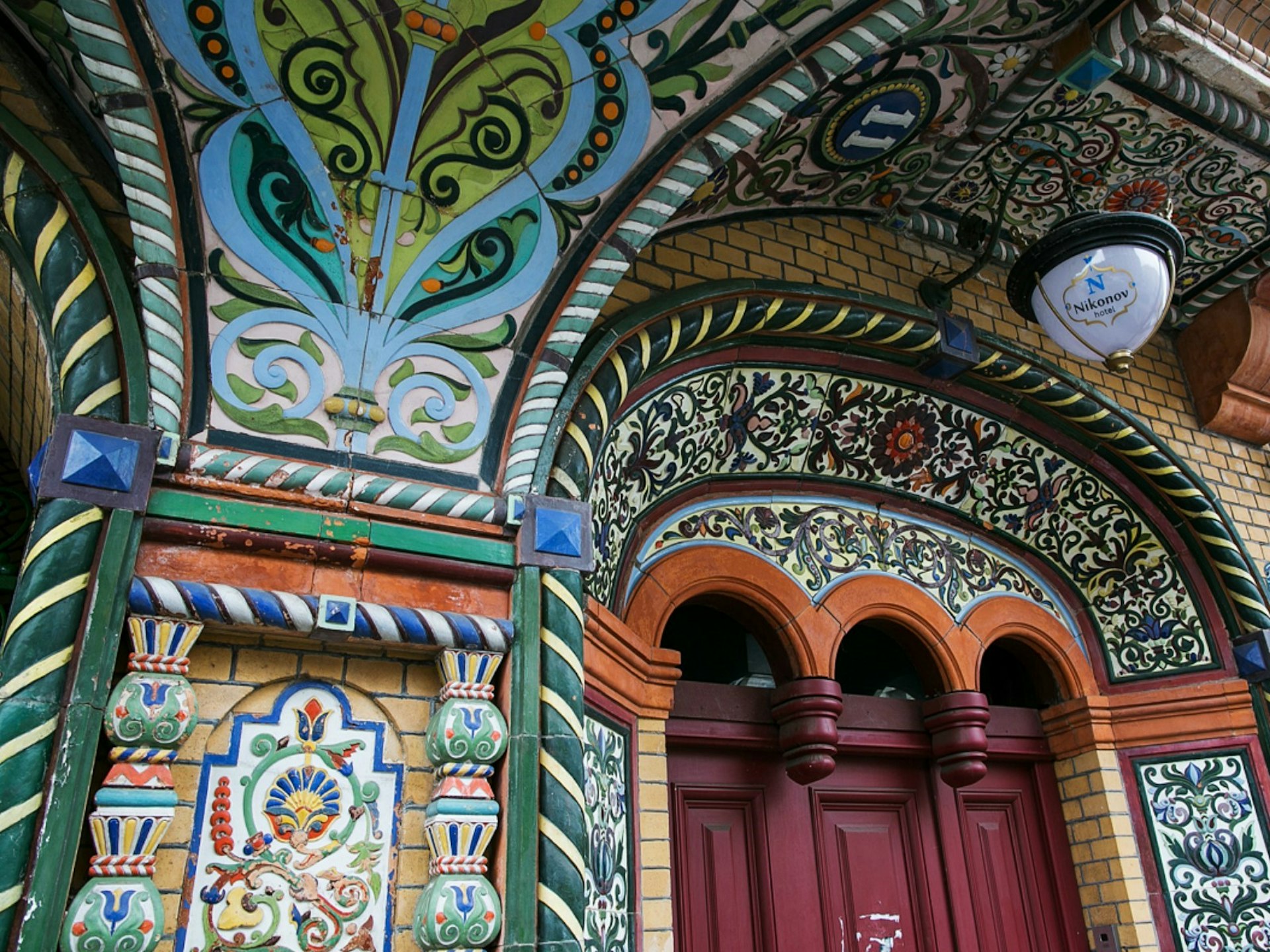
Nikonov Revenue House
The Church of the Saviour on the Spilled Blood is, of course, the most famous Russian Revival-style building in St Petersburg, but there’s another great example of this fantastical architecture. The owner of the Nikonov Revenue House was Nikolay Nikonov, a leading architect of the Russian Revival who designed many notable religious buildings across Russia in the 19th century. In 1899, Nikonov bought a two-story house on Kolokolnaya street and rebuilt it adding three more stories. The architect also designed the facade which is decorated with colourful, floral majolica ornamentation on the windows, balconies and columns. Among St Petersburg locals the building is known as the ‘fairytale house’ and it indeed looks like one. Nowadays there’s a nice small hotel in this building, perfect for those who want to stay in the centre yet away from the city buzz.
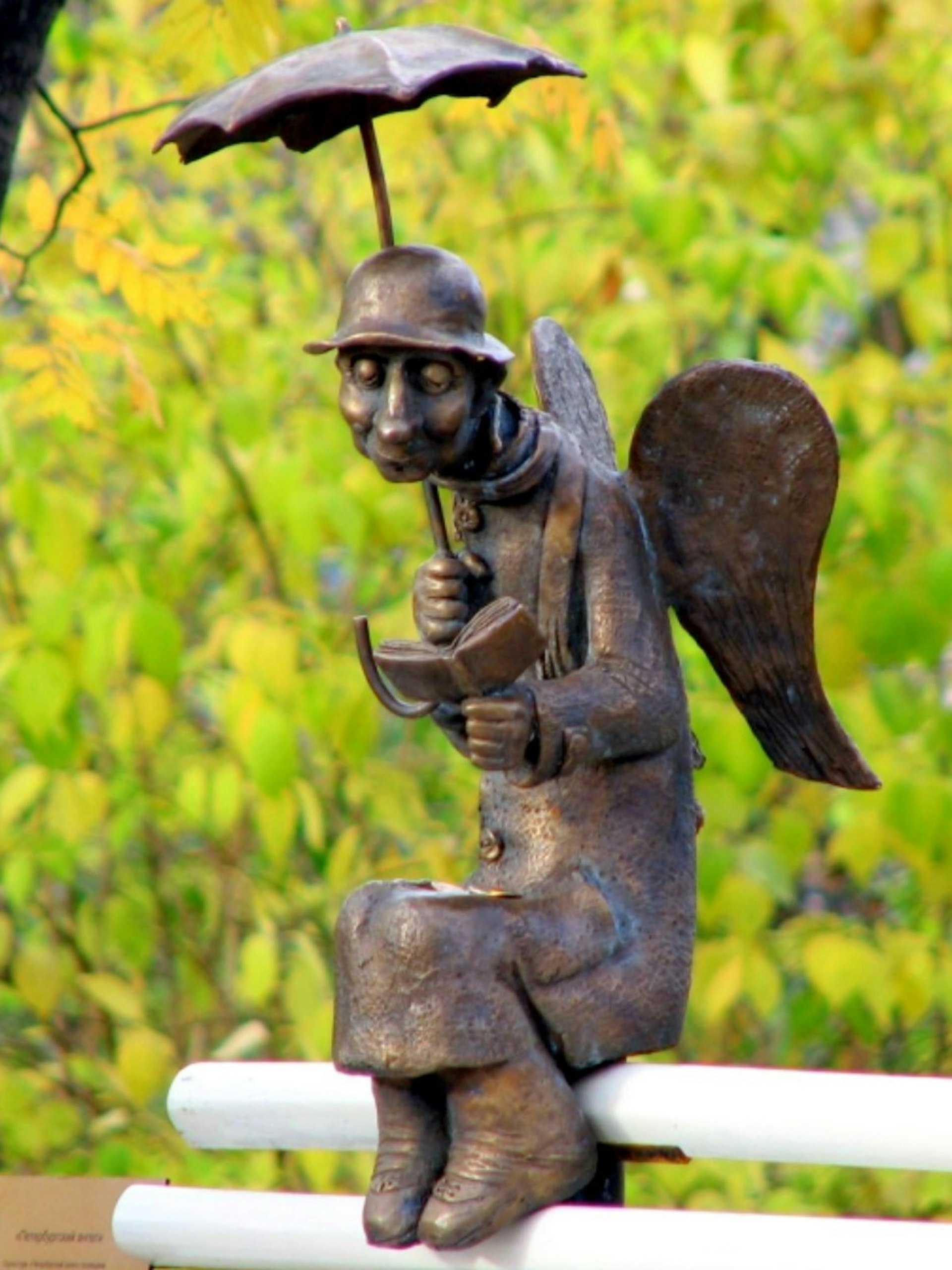
St Petersburg Angel
There are almost 6000 monuments in St Petersburg but not all of them make it to the pages of guidebooks and travel magazines. While the Bronze Horseman may be one of the most famous statues in the world, the St Petersburg Angel in Izmaylovsky Garden is definitely one of the sweetest. It is an old man sitting on a garden bench with a book. The ‘angel’ is the work of St Petersburg artist Roman Shustrov, who dedicated it to the older generations of St Petersburgers who lived through the WWII Siege of Leningrad and Soviet-era repressions.
Orthodox Bar
If you happen to be on the famous Rubinshteyna street, you should definitely try to find this little gem. Located in the courtyard of house number 2, this one-of-a-kind small bar offers cocktails you have never tried before. The drinks include only unique, traditional Russian ingredients, such as polugar (bread wine), chacha (Georgian pomace brandy), khrenovukha (vodka made from horseradish), samogon (Russian moonshine) and many more. The cocktail menu has five sections, each named after one of the greatest Russian artists: Chekhov, Dostoyevsky, Tchaikovsky, Alexander Blok and Ivan Shishkin.
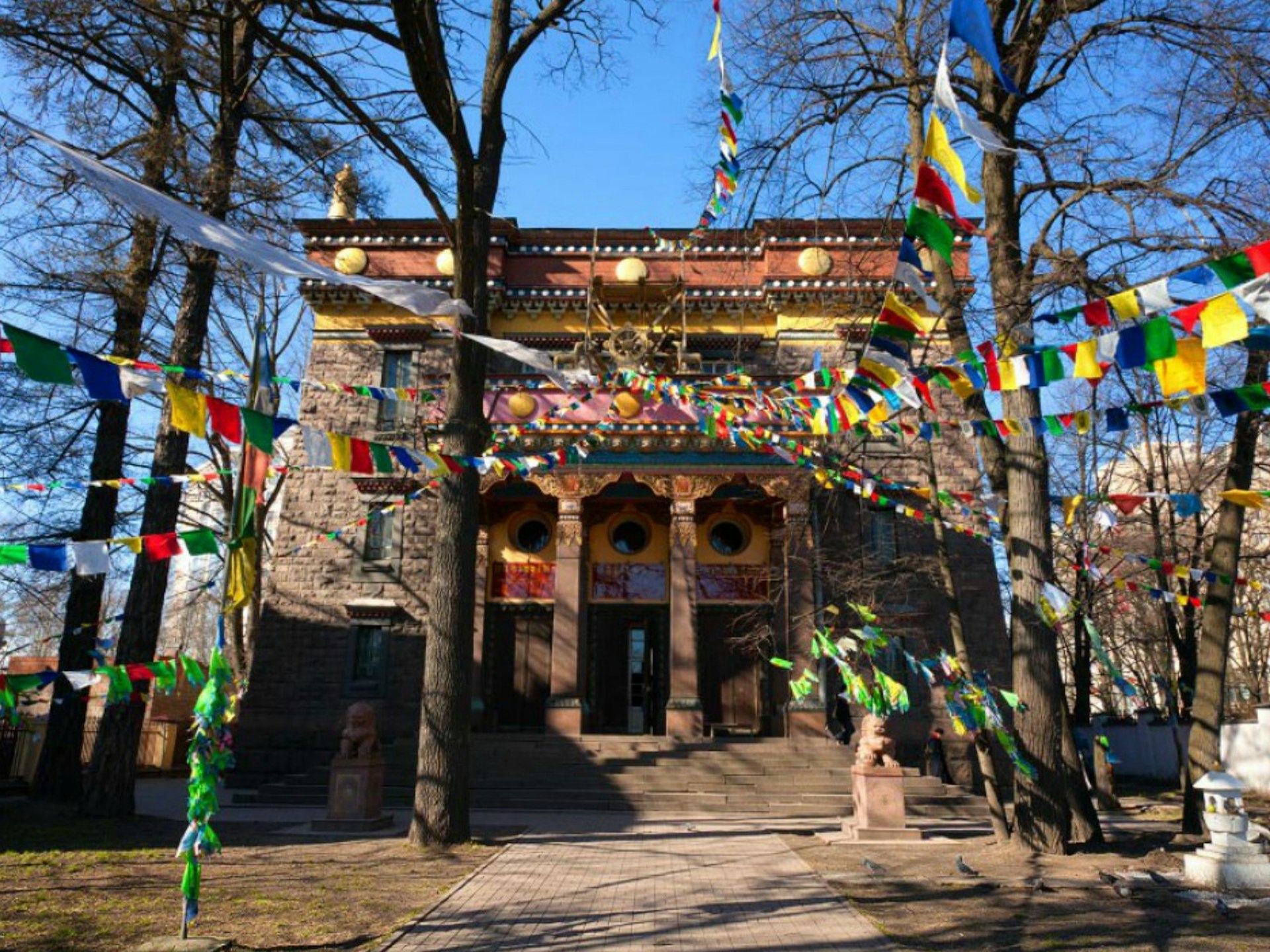
Datsan Gunzechoinei
You might not expect to find a Buddhist temple in a city like St Petersburg, but located right next to the lovely Yelagin Island, the peaceful and quiet Datsan Gunzechoinei is one of the northernmost datsans (temples) in the world, with a fascinating history. Although the Russian Orthodox Church was against its construction, Tsar Nicholas II approved the plan of the Dalai Lama’s envoy to Russia and the temple was constructed between 1909 and 1915. During the communist rule the datsan was used as a military radio station and later served as a laboratory for the Zoological Institute, but it was returned to the city’s Buddhist community in 1990. Check out the stained-glass windows designed by Nicholas Roerich and the garden around the temple with a small cafe that serves authentic Buryat and Nepalese food.
Museum of Bread
The St Petersburg Museum of Bread is the only attraction of its kind in Russia. Despite the fact that this is a state museum, it remains little known among locals and tourists alike. The museum showcases the history of grain farming in Russia, the bakers’ craft (with the focus on the 19th-century St Petersburg, which was famous for its professional bakers and skilled flour confectioners), the bread trade and various other subjects. One of the most thought-provoking sections is the exhibition dedicated to the difficulties endured during the WWII Siege of Leningrad. Nowadays it is difficult to imagine that during the siege the only food St Petersburg citizens got for a day was a small 125gr piece of rustic bread… and nothing more. This has became a powerful symbol of all the suffering during the darkest period in the city’s history.
